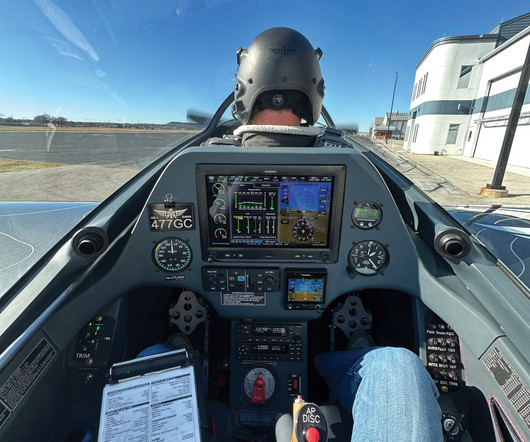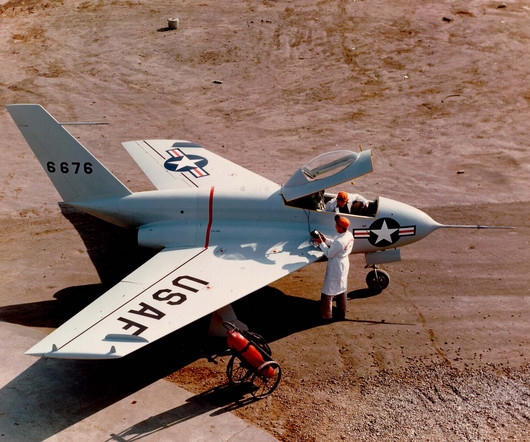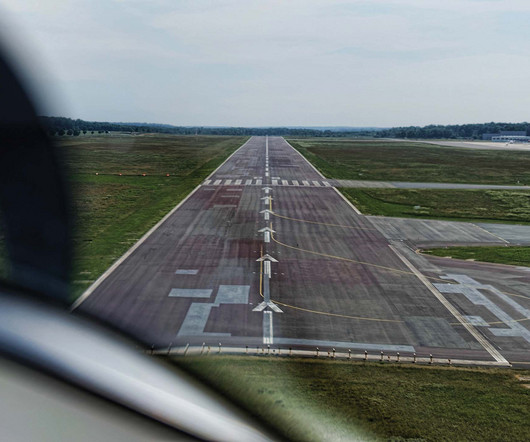The anatomy of a commercial flight – all you ever wanted to know: Part one
Aerotime
NOVEMBER 22, 2024
At this point, the pilots will contact ATC for push and start clearance , allowing the plane to be pushed back from its parking position (if applicable, depending on the airport) and to start its engines in sequence.















Let's personalize your content